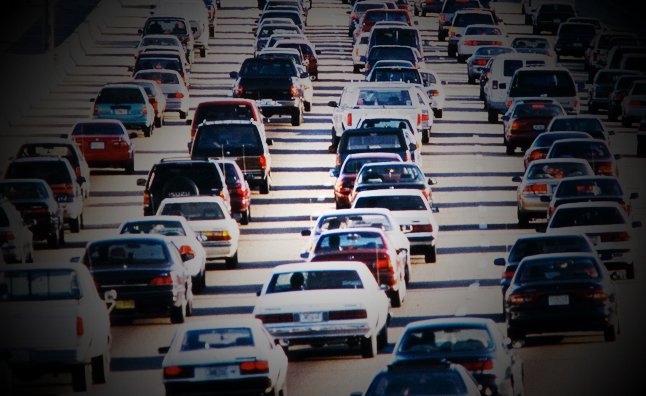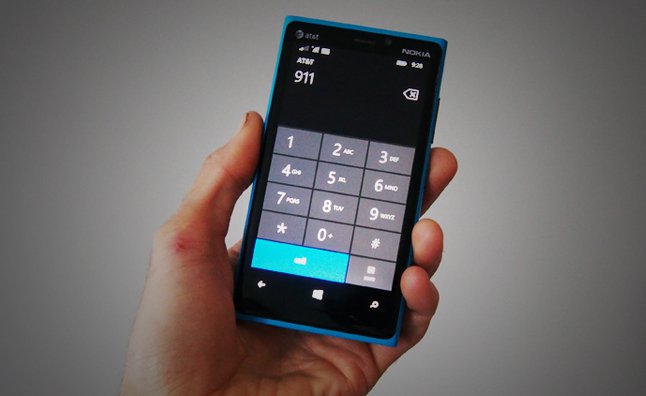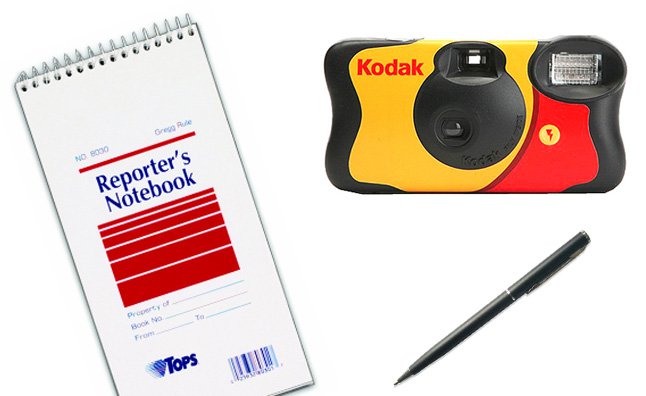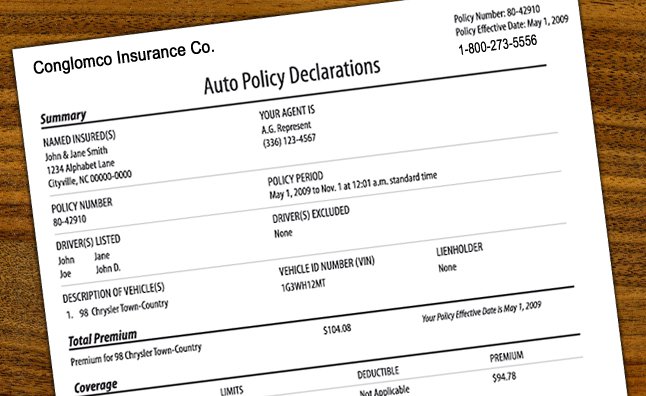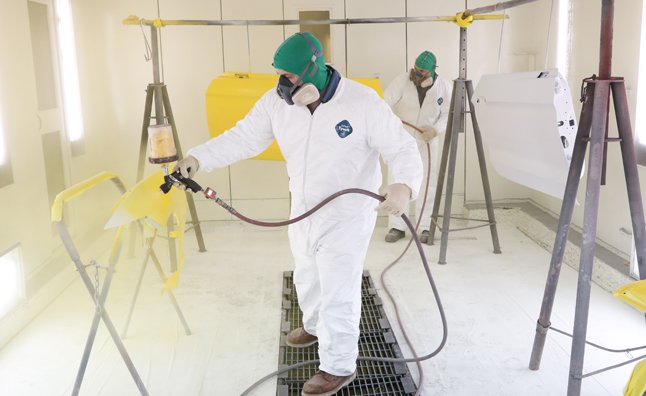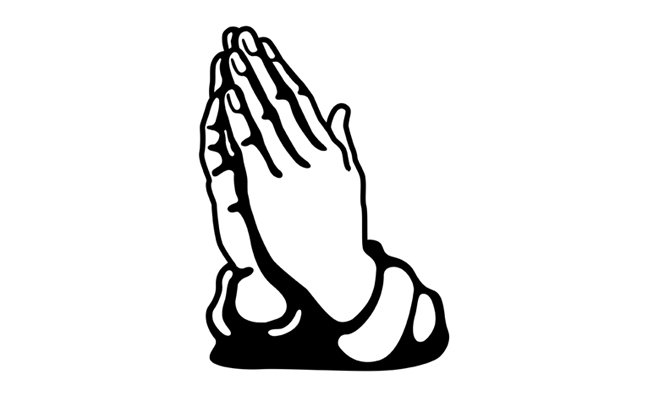Like an addendum to Murphy’s Law, the unforeseen tends to happen when you least expect it; misfortune is like a lot like a combination ninja/cat burglar/stealth bomber. Glance away for a split second and BAM, something bad happens.
Whether your dog sneaks a slice of pizza off your dinner plate or a friend’s printer stops working for no apparent reason right after installing fresh ink cartridges, misfortune is a fact of life. Likewise, automobile crashes can occur like a bolt out of the blue. One instant you’re zinging along and the next a driver behind you is trying to get a closer look at what you’ve got in the trunk by using their crossover as a battering ram. Let’s say you’ve just been involved in an accident, here are some helpful tips from the folks at AAA.
1. Preparedness
One thing that will make dealing with a crash much easier is being prepared. No, you don’t have to have a FEMA’s worth of supplies and emergency equipment on hand, but a few basics will help immeasurably. Keep a pen and some paper handy for jotting important information down. A smartphone, digital or disposable camera is wise as well for documenting the scene. It also pays to have your insurance and registration information handy and organized. You don’t want to be digging through the glove box for two hours to find this stuff.
 2. Check for injuries
2. Check for injuries
OK, preparedness is all well and good before a crash occurs, but after the fact is when things really matter. And provided you’re able to, the very first thing you should following an impact is check to see if anyone is injured. Hopefully everyone involved is alright but if they’re not call 9-1-1 and get some medical professionals on the scene as soon as possible. Also, it might be a good idea to keep a first-aid kit in your vehicle, so add that to the items listed in point No. 1.
3. Stay safe
If nobody’s injured and the vehicles involved are drivable do your best to get them out of the way by pulling off to the side of the road or into a nearby parking lot if possible. This helps prevent unnecessary traffic snarls and it keeps you safer; you really shouldn’t be standing in the middle of a highway during rush hour. And even though they may be smashed like a snow globe dropped from a fourth-story window, turn your hazard lights on to help warn other motorists. Signal flares aren’t a bad idea, either, especially if your ride is immobilized.
4. Law enforcement
Now you’ve got to call the police. You could skip getting the constabulary involved but that’s a really bad idea. If you don’t report a crash to law enforcement you may have no recourse down the road, so go ahead, give Ol’ Smokey a ring and get an investigation going. Chances are you’ll be glad you did, especially if you’re not at fault.
5. Play accident investigator
After all of this stuff is out of the way it’s a good idea to document the scene. Grab a camera (as long as your Kodak Fun Saver didn’t expire in 1998) and snap a few pictures of your car, the other vehicles involved and any property that’s been damaged.
SEE ALSO: Why do Car Seats Expire?
Next you’ll want to record a variety of information about the other parties involved. Make sure to get their full names; addresses and e-mail addresses; the makes, models and years of all vehicles involved; vehicle identification numbers (VIN); license plate numbers; driver’s license numbers; as well as insurance carriers and policy numbers. If you didn’t keep a ream of lined paper in the trunk to record all of this you may want to consider it in the future.
6. Notify your insurer
If you thought talking to the police was rough, now you’ve got to contact your insurance provider. Many companies have employees available 24/7 to help you through the claims process. If possible, it’s likely best to notify them as soon as possible, ideally from the scene of the crash, though jamming bamboo slivers under your fingernails may be more appealing than dealing with an insurance company.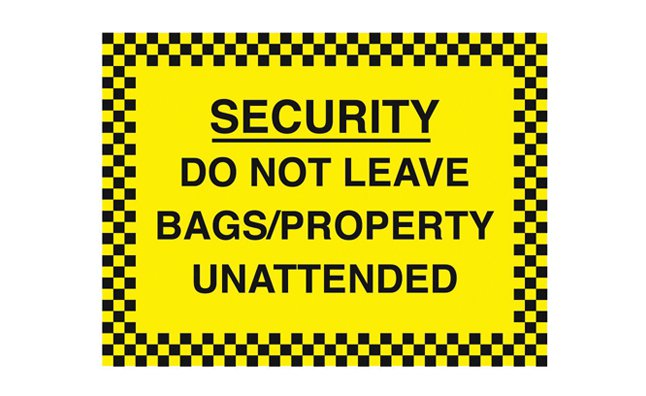
No, that unoccupied van you just sideswiped was not abandoned, it was merely unattended. If an accident you’re involved in causes any damage to property or unattended vehicles you should take action to inform the owner. If that person is AWOL then at the very least attach a note to their vehicle or property with your contact information. It’s just the right thing to do.
8. Repair time!
Next, you get to take your car (or have it towed) to a body shop so they can scrub the blood and gristle from the undercarriage and fix any cosmetic damage that may have occurred from hitting that jogger. Some insurance companies have partnerships with certain repair firms, which may provide some helpful benefits, a free rental car perhaps.
9. Pray
And finally, it’s wise to make a few entreaties to the sky deity of your chose, asking him/her/it to prevent your insurance company from sending you your rates into low-earth orbit. Insurers love charging “at-risk drivers” absurd amounts of money for coverage; a little faith at this time could save you down the road.
SEE ALSO: IIHS Crash-Test Ratings Explained
The tips and suggestions highlighted above are helpful when you’re involved in a motor-vehicle crash. But as always it’s best if you can avoid getting into an accident in the first place. Remember to drive defensively, don’t let technological temptations distract you and always remain observant of your environment.
Hungry for more? Check out our Tips and Advice section.
[Source: AAA]







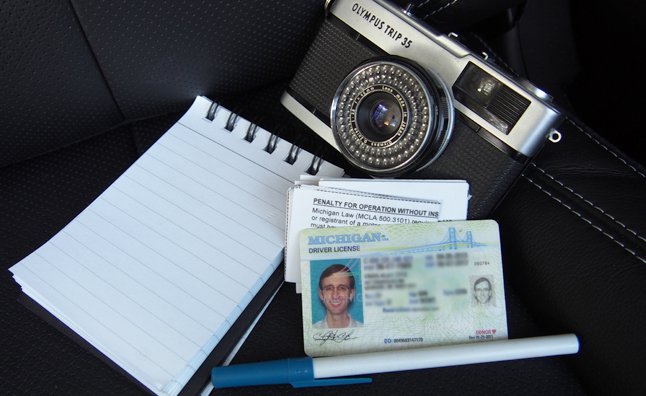
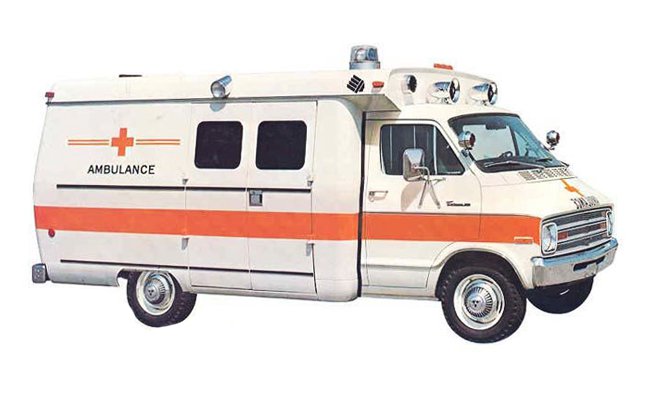 2. Check for injuries
2. Check for injuries